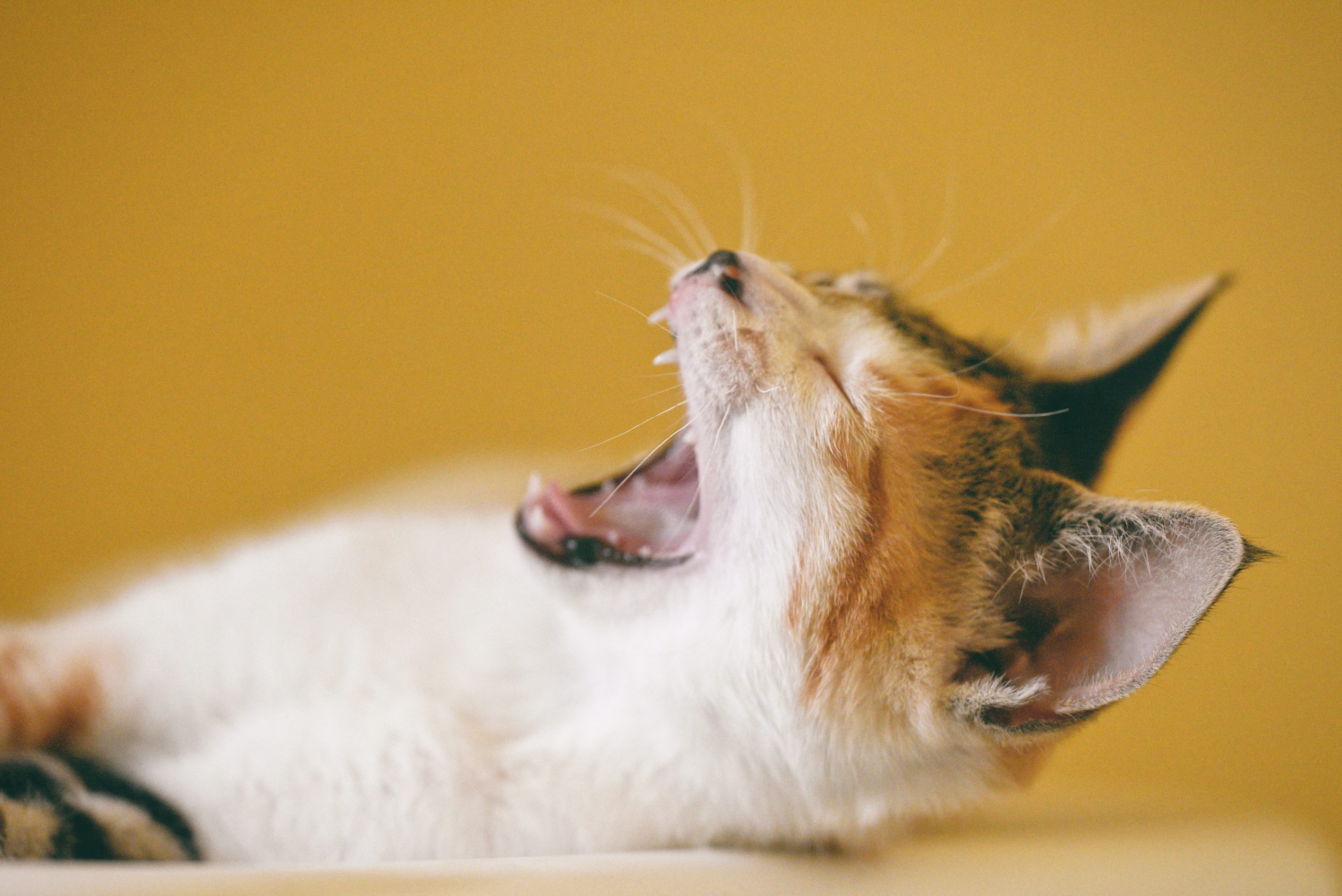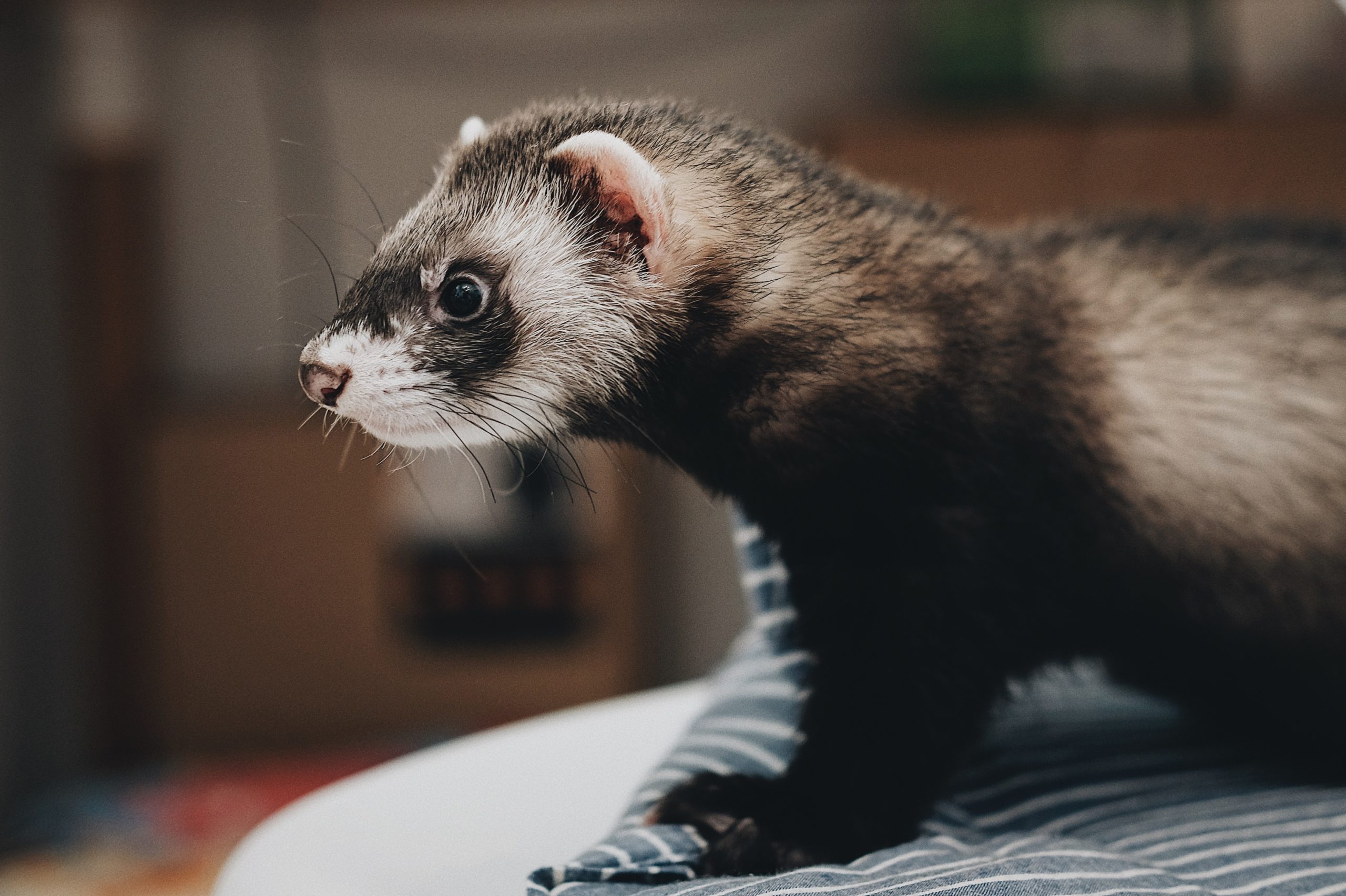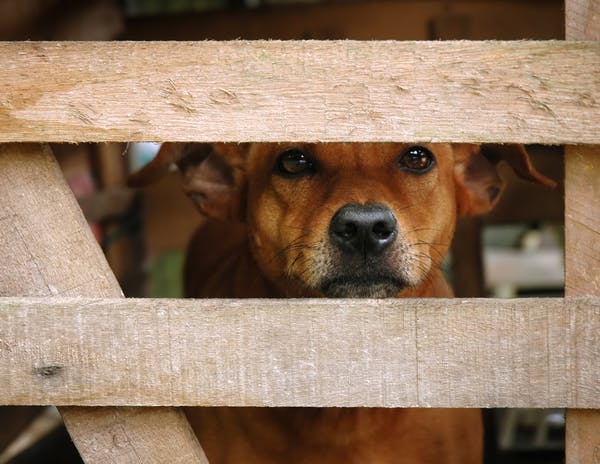Common conditions of pet rabbits include snuffles, hairballs, parasites, overgrown incisors, uterine cancer, and sore hocks.
Fortunately, with proper attention to your rabbit’s diet and living requirements and with daily handling, many of these diseases can be prevented. If you notice any changes in your rabbit’s normal habits then you should seek your veterinarian’s advice.
Uterine cancer
Uterine cancer is the most commonly reported cancer of female rabbits. Some breeds have a 50-80% incidence of uterine adenocarcinoma by the age of 5 years. Desexing (spaying) your female rabbit is recommended early in life (5–6 months of age) to prevent uterine cancer.
Other good reasons to spay female rabbits are to prevent unwanted pregnancies, reduce aggression and help social integration with other rabbits.
Hairballs
Hairballs (trichobezoars) are relatively common in rabbits and should always be considered when a rabbit is lethargic and not eating. When a large amount of hair is swallowed during grooming it can form a ball in the stomach and form an obstruction if it doesn’t pass through the intestinal tract. Rabbits are unusual in that they can’t vomit.
Diagnosis can be made by taking X-rays of the stomach. Early treatment by your vet is recommended to avoid the possibility of surgery
Treatment includes injection of drugs that alter intestinal motility and fluid therapy.
Prevention is far better than cure. Feeding rabbits a diet high in hay (fibre) helps prevent hairballs and other intestinal problems. Daily brushing is also essential for removing excess dead hair and your vet may recommend using cat hairball medicine on a regular basis.
Parasites
Like dogs and cats, rabbits are susceptible to various internal parasites. Yearly microscopic examination of your rabbit’s droppings is essential to its health. Your vet will prescribe the necessary medication, depending on the findings.
External parasites, such as fleas, ticks, mange, and ear mites can also infect rabbits. Again, the correct treatment needs to be advised by your vet, as many products used on other pets can be toxic to rabbits.
The product Advantage is now registered for the treatment and prevention of fleas in rabbits (take care with very small rabbits). Never use Frontline or any other dog/cat flea control products on rabbits, and prevent your rabbit from licking your dog or cat if a topical medication has recently been applied to them.
Overgrown incisors
Rabbit’s incisors, or front teeth, grow continuously throughout their life. Normally, chewing on their food and on wood blocks keeps them a normal length.
Sometimes this is not enough and the incisors become overgrown. The rabbit will be unable to eat properly and unable to groom. Its coat will become ragged and you will notice excessive drooling.
Treatment involves filing the incisors under anaesthesia. Clipping the teeth is no longer recommended as they can fracture easily and become infected.
Snuffles
‘Snuffles’ is a common infectious disease of young rabbits caused by the Pasteurella bacterium. Symptoms include sneezing and a watery nose or eyes. Pasteurella can also affect other parts of the body and cause ear infections (resulting in a head tilt), abscesses (seen as lumps on the body) and uterine infections. Sudden death from septicaemia (infection in the blood) is rare but can occur.
Most cases of snuffles are mild. Treatment involves antibiotics that are prescribed by your vet, as many are toxic to rabbits and injections are often preferred. Eye and nose drops may also be provided.
Pasteurella, while easy to treat, is almost impossible to cure. Many rabbits develop a chronic (constant) infection and always have a snuffly nose or watery eyes. The disease is easily transmitted between rabbits, so new rabbits need to be housed away from existing pets for the first month. Stressful situations, such as the introduction of a new pet, new diet, or overcrowding, can cause relapses.
Litter should be changed regularly to prevent ammonia accumulation from the urine, which can irritate the eyes and nasal tissue.
Sore hocks
‘Sore hocks’ refers to the development of open sores on the rabbit’s hocks. When a rabbit is sitting its hocks are in contact with the floor of the cage. Dirty housing conditions and wire floors with no bedding will cause the development of sore, red areas that become ulcerated and painful.
Treatment can be difficult, especially if the condition is advanced. Antibacterial medications to clean the wounds are required and soft bedding provided to allow the sores to heal.
Prevent the condition from occurring by providing adequate bedding and some solid floor area if your rabbit has a wire cage. Clean your rabbit’s hutch daily.
Rabbit Calicivirus (RCD)
All pet rabbits in Australia should be vaccinated against rabbit calicivirus (RCD), also known as rabbit viral haemorrhagic disease (RVHD). The disease is almost always fatal and death occurs rapidly, within 12 to 18 hours, from respiratory and heart failure. There is no known treatment and several strains of the virus have been detected in Australia. Vaccination should be performed by your vet at 10 to 12 weeks of age. Two doses should be given one month apart, then 6-monthly boosters are required for continuing protection.
Spread of the virus is by insect vectors (e.g. flies and mosquitoes) so rabbits should be kept in mosquito proof hutches, or indoors, especially early mornings and evening when mozzies are most active.
Myxomatosis
Myxomatosis is a viral disease spread by insects (mainly fleas and mosquitoes) or direct contact with affected rabbits. There is no treatment and the disease is almost always fatal. Typical clinical signs include fever, swelling of lips, eyelids, ears and genitalia. Eyes are often swollen shut with a mucopurulent discharge. Euthanasia is the best option.
A vaccine for myxomatosis is not commercially available in Australia. Control is the best option. Keep wild rabbits away from pet rabbits to prevent the spread of the fleas, as well as practice good insect control. Keep rabbits in mosquito-proof hutches or indoors, especially early mornings and evening when mozzies are most active and use flea control on your rabbits (Advantage) as well as other pets in the household.
Rabbits and the law
Please note that keeping rabbits as pets is currently illegal in Queensland under the Land Protection (Pest and Stock Route Management) Act 2002. There is a penalty for keeping a rabbit without a permit (maximum $88,000). A permit may be granted for research, public education or public display.
For further information on rabbits in Queensland see the Department of Agriculture, Fisheries & Forestry page on Prohibited Pets.




